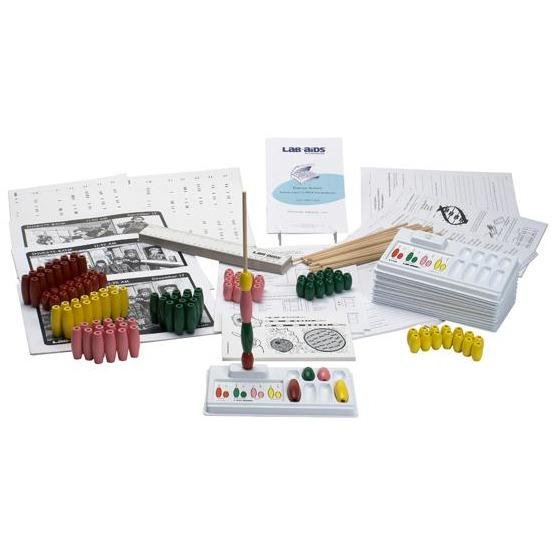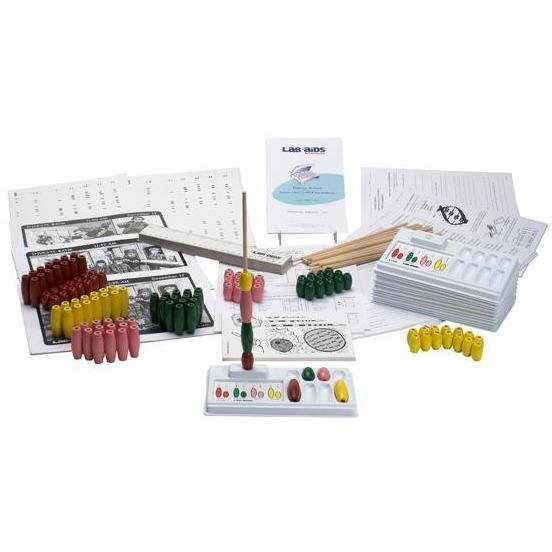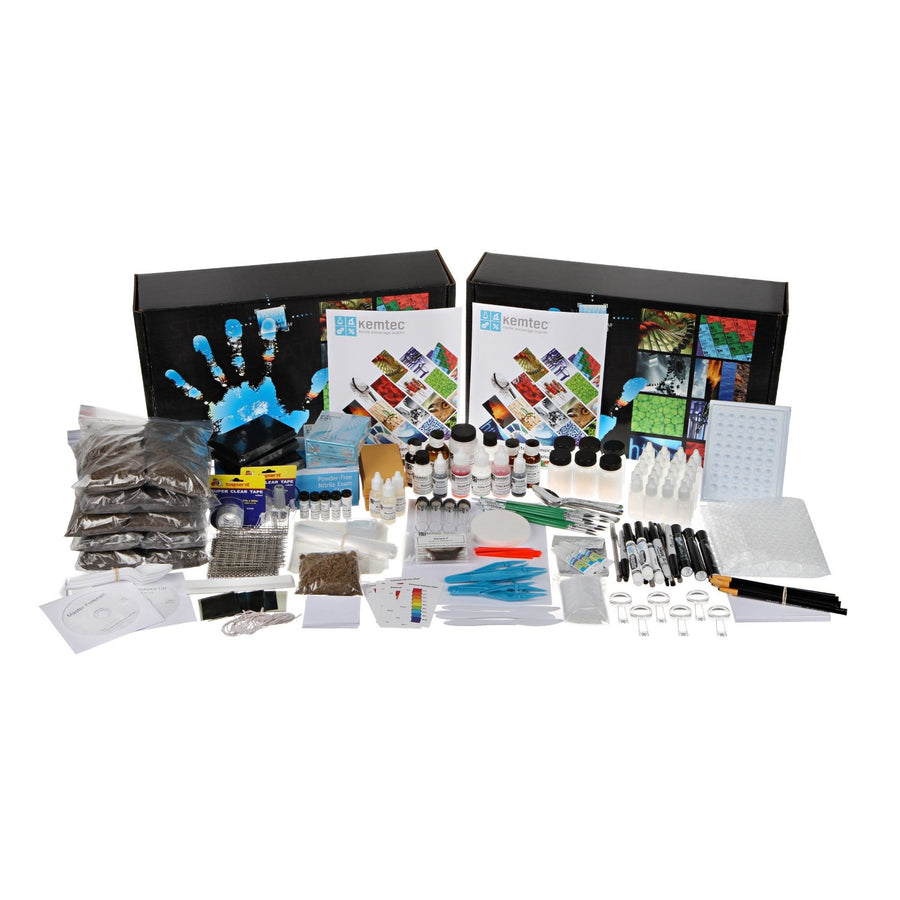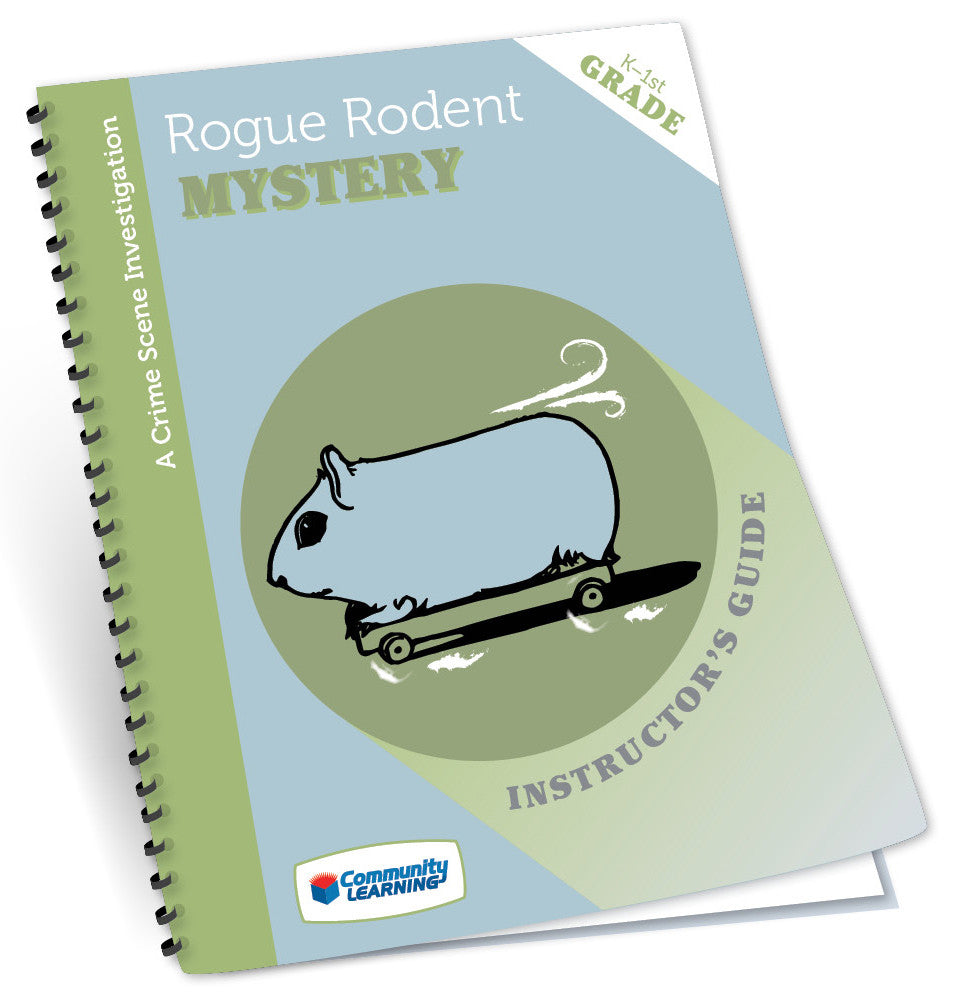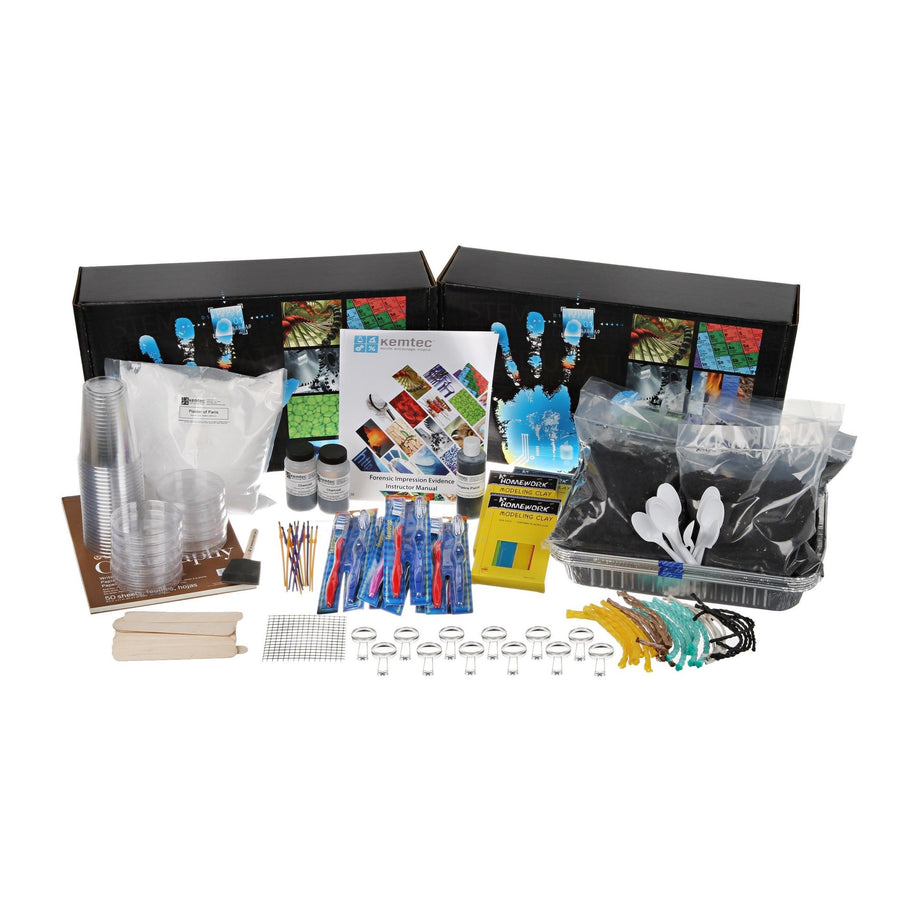Lab-Aids: Forensic Science - Introduction to DNA Fingerprinting Kit
Students get a real feel for what it takes to be a modern-day detective in this basic introduction to forensic science. The first activity begins with a crime scene and the identification of suspects based on an eyewitness report and "video stills" of the crime in progress. "Physical evidence" found at the scene of the crime is scientifically analyzed. This kit provides an introduction to cells, cell structure, and magnification. Students use this information to construct achromosome model with color-codedgenes representing some physical traits of the suspects. The process of DNA mapping and DNA fingerprinting is carefully explained. Students then read simulated DNA x-ray films to positively identify the perpetrators of the crime. Material in this kit is reusable.
Scientific Concepts:
- Introduction to forensic science
- Introduction to cells, cell structure and magnification
- Construct a model of achromosome with color-coded genes
- Introduction to DNA mapping and DNA fingerprinting
- Read simulated DNA X-ray films
- 15 Student trays each withgene stand and color code key
- 8 Packages of color coded genes (15 per color)
- 15 Sets of 3 differentbank photos crime scene illustrations
- 30 Sets of pressure sensitive stickers of cell structure and chromosomes
- 15 Sets of 2 X-ray films of DNA fingerprints
- 30 Student worksheets: INVESTIGATION 1 - Crime Scene Observations
- 30 Student worksheets: INVESTIGATION 2 - Observation of the Evidence
- 30 Student worksheets: INVESTIGATION 3 - Chromosomes and Genes
- 30 Student worksheets: INVESTIGATION 4 - DNA and DNA Fingerprinting
- 30 Student worksheets: INVESTIGATION 5 - Positive Identification of Suspects by DNA Fingerprints
- 30 Crime Incident Data Charts
- 30 Student rules
- 1 Teacher's Guide
- Number of Students: 30 (maximum 15 groups per period)
- To complete this kit requires one to two ~50-minute class periods
